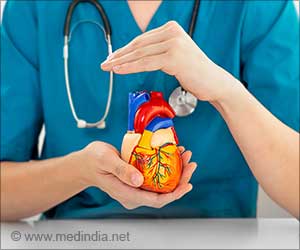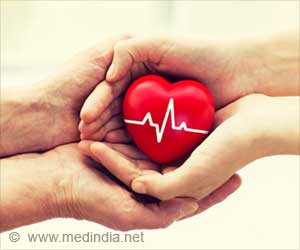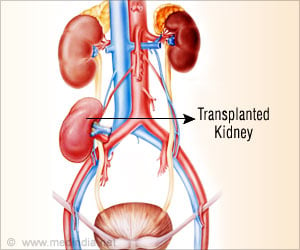
Current medical practice is to find a perfect donor-recipient match through tissue typing. The problem is that it is only in very rare cases that identical matches are available. Sometime it is the closest genetic matches that can result in the most profound transplant rejection.
By looking at the interactions between the immune system and molecules on the transplanted tissue, Dr Julia Archbold of the Monash University, Victoria has shown that if the 3D structures of molecules on the transplanted tissue are different to that of the host, then the transplant may have a better survival rate.
It is as though the immune system can't 'see' the molecules on the transplanted tissue and effectively 'accepts' the transplant.
This revolutionary finding provides crucial evidence that current organ donation strategies should be reconsidered.
The discovery is potentially very good news for the 1,714 Australians waiting for a major organ transplant, of which 516 are Victorians, and others around the world who are on waiting lists for life-saving organ transplants at any one time.
Dr Archbold is based at the Department of Biochemistry & Molecular Biology at Monash University. Her research has been published in 11 journals and is revolutionising current organ donation thinking.
The discovery has earned Dr Julia Archbold the 2010 Victorian Premier’s Award for Health and Medical Research.
Source-Medindia




